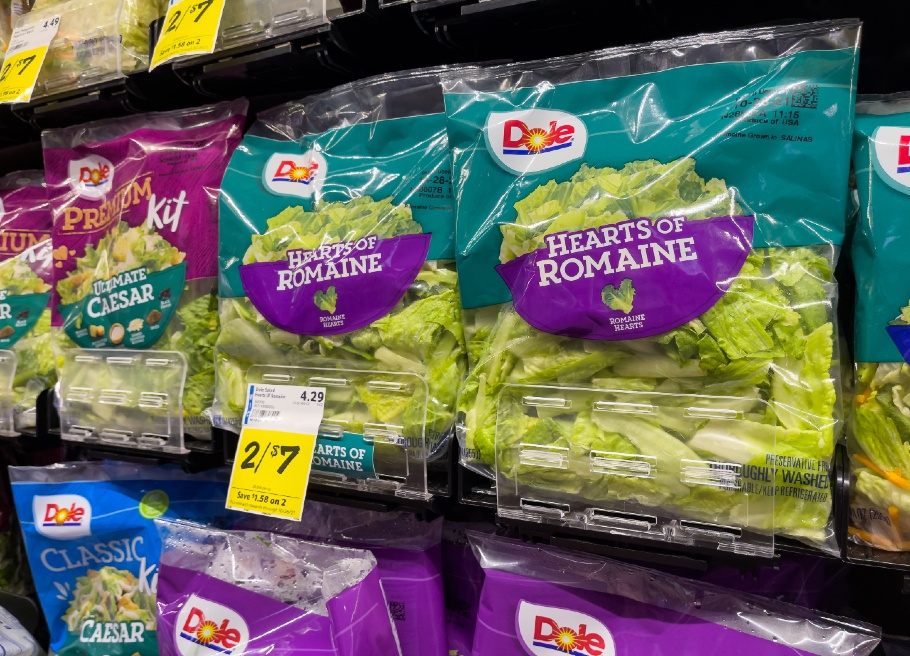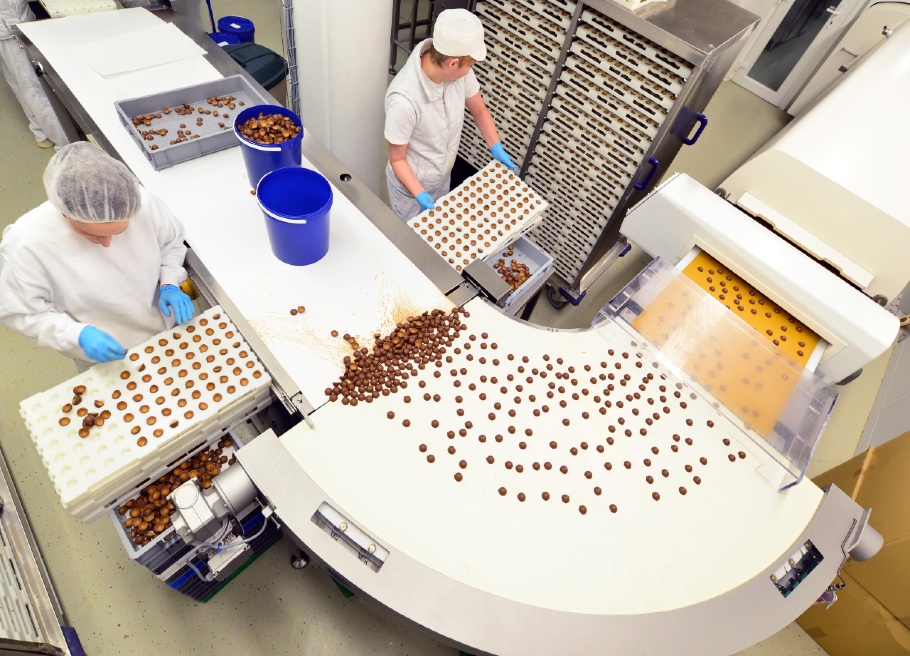3 Steps to Kickstart Your Food Safety Culture Program
By Austin Welch
Famed management scholar Peter Druker once claimed, “Culture eats strategy for breakfast.” While strategy is important, company culture ultimately drives the success. But culture is a big ship to steer, so how do you effect positive changes within your organization and continue to improve your group’s culture?
Change is hard. Beginning with smaller steps can improve your chances of success. An incremental approach can also boost the morale and confidence of your team, especially if you’ve corralled an interdepartmental coalition. Small wins, surprisingly, have the same psychological benefits as big wins, and these perks will keep your collaborators upbeat and ready to weather the storm of uncomfortable changes.
Typically, companies get revved up to improve their culture after reading articles like this or attending webinars or conferences where the importance of food safety culture is touted. But then they take the first step and struggle. “Where do we start? Why is this so daunting?”
There are many steps along the journey, but it’s important to take the first one. (Remember, small wins!) Here are three steps that will set you up for initial success and, hopefully, dwindle any fears or overwhelming emotions that comes with beginning a long-term voyage.
1. Learn from the Greats
If you agree that your job as the food safety culture advocate is to drive the “shared values, beliefs and norms that affect mind-set and behaviour” then you already know that you have a long road in front of you. Thankfully, there is a treasure trove of literature to help guide your way. Here are a few books to read to familiarize yourself with proven methodologies around the topics of organizational culture, change management, and behaviour:
In his book, Food Safety Culture: Creating a Behavior-Based Food Safety Management System, Frank Yiannas introduces a continuous improvement model for food safety culture that encompasses six dimensions: Expectations, Education and Training, Communication, Goals and Accountability, Measurement, and Reinforcement.
Get Unlimited Access to Our Comprehensive Library of Food Safety eBooks – Join Today
For a framework to successfully implement change management for any initiative, read Leading Change by Harvard professor John Kotter. This book will also help you anticipate and address issues that come up whenever you ask people to act differently than how they’re used to acting.
Finally, Edgar Schein’s Organizational Culture and Leadership provides a comprehensive overview of how people interact as a group, as well as inner workings and definitions within group dynamics. This book is more academic, but it makes the complex aspects of human behaviour across companies accessible and easy to understand. It also includes checklists and tips for how to solve human capital and organizational development challenges.
2. Clarify the Problem
Before you can engage in any creative problem-solving, it’s important to gain clarity around the specific aspects of culture you want to work on first. You need to adequately define the key food safety culture issues you want to resolve.
Maybe you have problems with retention? Or vendors and supply chain issues? Maybe compliance problems are costing you more than it should? Or you’ve had recalls due to foreign material. Get specific. Identify that top-level issue that’s been keeping you up at night. Usually, the issue you identify will be the result of a deficiency in one or more of the following areas for your team:
1. Knowledge
2. Skills
3. Environment
4. Belief/Bias
Does your top-level issue suffer from one of these gaps or are there multiple gaps to fill? Once you’ve identified the gap, you can ideate all the ways in which to fill it.
3. Practice Novel Ideation
Most of the time, you have some obvious solutions floating around in your brain. But they aren’t going to be innovative or allow for breakthroughs. To achieve true innovation, you have to stretch your brain to come up with solutions that haven’t been fully considered before. They are literal blind spots, so you can’t readily see them. The answer lies in Divergent Thinking. Divergent Thinking is simply the act of coming up with multiple solutions for a single problem (e.g., “how many uses are there for a paperclip”).
Applied to the core problem you identified in step 3 above, what are all the possible solutions you can think of? Make an exhaustive list, even if it includes things that are not physically possible. The point is to avoid critiquing your ideas and to simply get as many on paper as you can. Later, you can evaluate whether they’re viable, but for now you are striving for quantity – not quality.
After you’ve completely tired yourself out (and believe me, it’s draining), go through this list and pick out solutions to explore. The right choices are ones that are both 1) viable and realistic, and 2) under your control.
And that’s it! Those are your tasks to move and fix as part of your culture building program.
Get Your All-Access Pass to Our Insightful Virtual Conferences & Premium Content Today
About the Author:
Austin Welch is a learning designer, filmmaker, and researcher. Leveraging research from cognitive science, adult learning theory, and change management models; he designs behavior-based programs that strengthen the “people side” of food safety culture. His programs and films have been used as a cornerstone of innovative, global food safety culture programs at companies such as Hershey’s and Kerry Group.

-
 FeaturedRisk management
The Cost of a Breach: What a Cyberattack Could Mean for Food Safety Recalls
FeaturedRisk management
The Cost of a Breach: What a Cyberattack Could Mean for Food Safety Recalls
-
 FeaturedRisk management
Securing the Food Chain: How ISO/IEC 27001 Strengthens Cybersecurity
FeaturedRisk management
Securing the Food Chain: How ISO/IEC 27001 Strengthens Cybersecurity
-
 FeaturedRisk management
Revolutionizing Food Safety Training: Breaking Out of the “Check-the-Box” Mentality
FeaturedRisk management
Revolutionizing Food Safety Training: Breaking Out of the “Check-the-Box” Mentality
-
 GFSI Standards
GFSI 2025: Building Trust, Tech-Forward Solutions, and Global Unity in Food Safety
GFSI Standards
GFSI 2025: Building Trust, Tech-Forward Solutions, and Global Unity in Food Safety
-
 FeaturedFood Safety
Integrated Pest Management: Strategies to Protect Your Brand’s Reputation
FeaturedFood Safety
Integrated Pest Management: Strategies to Protect Your Brand’s Reputation
-
 FeaturedFood Safety Culture & Training
No Open Door Policy: Challenges That Impact Pest Control in Food Processing Plants
FeaturedFood Safety Culture & Training
No Open Door Policy: Challenges That Impact Pest Control in Food Processing Plants




